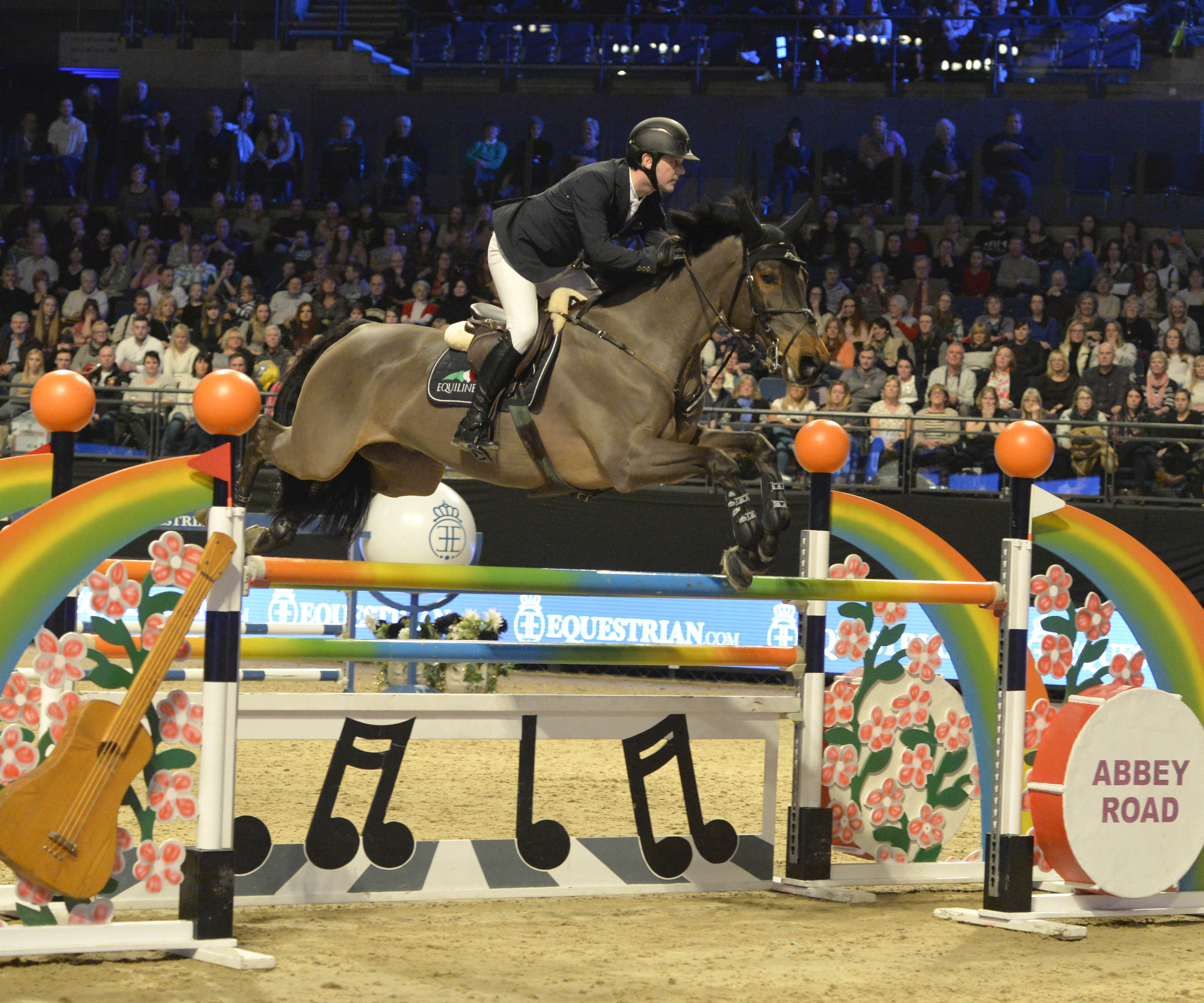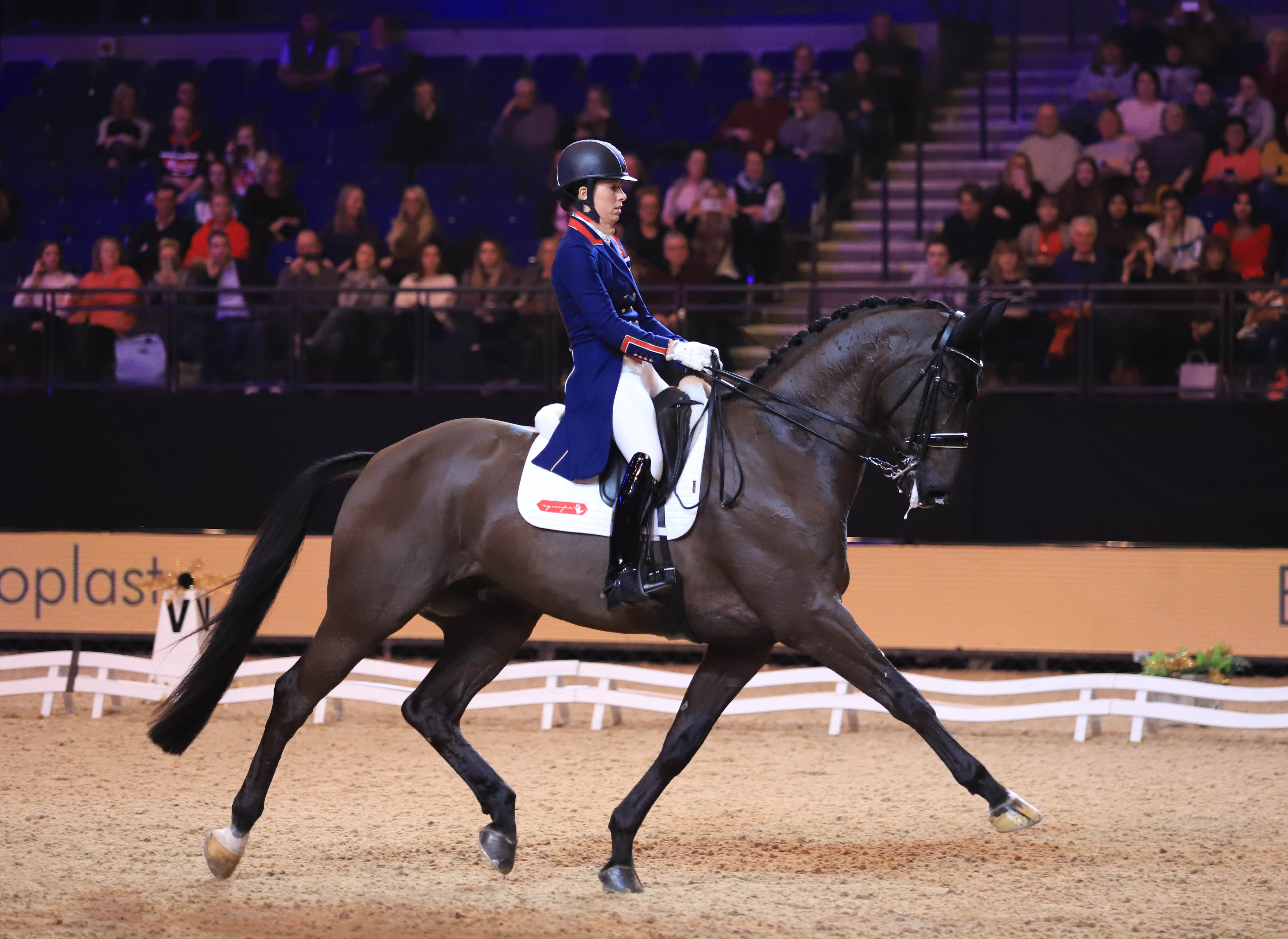The Theraplate UK Liverpool International Horse Show; now in its fourth year, promises to be a feast for the senses. Taking place between the 28th – 31st December at the Echo Arena in Liverpool, top class riders will be travelling from all over the world to compete at this event, which is getting bigger and better each year. The show is the brainchild of Nina Barbour, Show President who is a celebrated equestrian sportswoman and also presents the Bolesworth International Horse Show, which takes place at Bolesworth Castle each year in June.
The packed programme includes World Ranking Show Jumping, Ride and Drive (horses and cars against the clock), the Mini Major Relay, the Liverpool International Grand Prix and the Equitop Myoplast Puissance, all of which will keep you at the edge of your seats as top riders test their skill and nerve. Each performance throughout the event will include exciting demonstrations including Area Cross FMX motorbikes, the Shetland Pony Grand National, ‘Phoenix’ by Gilles Fortier and live music from Rick Parfitt Junior. The event caters to the whole family; equestrian fans or not it promises to be an amazing way to celebrate the end of the year, all finished off with their midnight celebrations with pyrotechnics to rival any firework display.
For the second year running; back by popular demand, Dressage will also be returning to the Liverpool International Horse Show on the Friday including up to 10 top riders performing in an Invitational Inter 1 Freestyle to music.
If all of this wasn’t enough already to keep you entertained, there is an extensive shopping village including top brands such as Voltaire, a Touch of Silver and Hunters Gin. To keep the kids entertained, there are many activities such as face painting and #LIHS horse glitter stencils to add a little sparkle to their new years celebrations. There are also interactive experiences such as training sessions on the Equiciser with the great man himself AP McCoy giving tips and tricks to stay in the saddle.
Horse Scout are proud to be supporting the Theraplate UK Liverpool International Show and are able to offer a fantastic saving of 10% to all Horse Scout members. This code is valid on all ticket levels and all performances. Tickets are strictly subject to availability at the time of booking. To get your Horse Scout member discount visit https://www.horsescout.com/liverpool-international-horse-show
To buy tickets and for further information visit www.liverpoolhorseshow.com
Become a Horse Scout member and start saving on great events. https://www.horsescout.com/liverpool-international-horse-show








